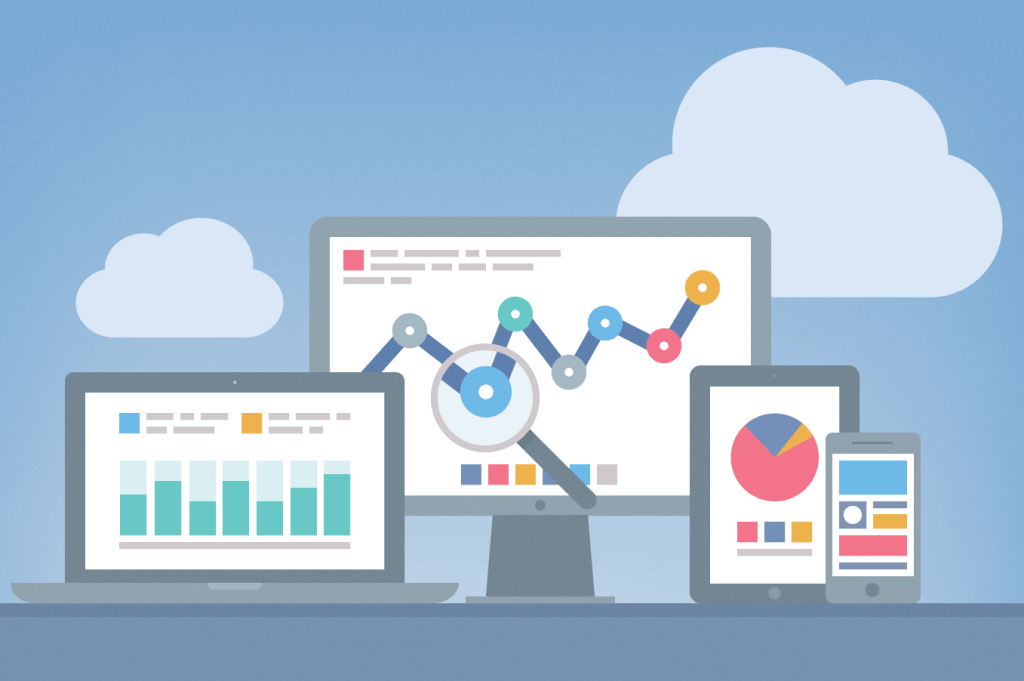
Few would argue that two of the most important marketing topics at the moment are customer experience (CX) and data analytics.
Which is interesting as CX and analytics seem worlds apart. CX tends to be a soft, holistic study of how to make customers happier and analytics consists of the cold, hard numbers which fuel return on investment (ROI) calculations.
Yet marketers are tasked with addressing both, and so many are wondering about how these two distinct disciplines can be brought together.
To find out, we recently invited dozens of client-side marketers to roundtable discussions about how they optimize their customer experiences using data and analytics. Throughout the day, marketers offered their insights and our subject matter expert, Liz Sullivan, VP, Strategy & Insight, APAC, Epsilon provided guidance and real-world examples. The main points are summarized below.
So how can brands optimize their customer experience using data and analytics?
#1: Gather Data. Lots of it.
In the discussions, marketers spoke about their experiences of using data and analytics to improve their customer experience, yet not a single participant complained about having ‘too much data’.
The reason for this is that when trying to tackle a problem as complex as improving customer experience, marketers need as much data as they can get in order to discover what’s happening during the customer journey. Data is also useful when trying to fix problems and measure whether or not the changes made a difference.
CX principles play a role in this process as well, but as one attendee put it “data tells you how good your CX really is”.
Additionally, participants noted that in order to get data, management needs to be on board. Without top-level support, departments tend to silo data and frustrate CX improvement programmes.
#2: Work really hard on your unhappy marketplace marriages
Nearly every brand has a third party between them and at least some of their customers. For B2B it may be distributors and for B2C it is marketplaces.



